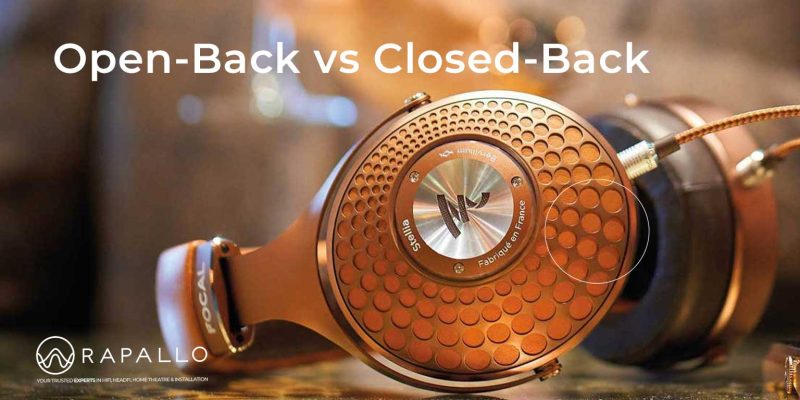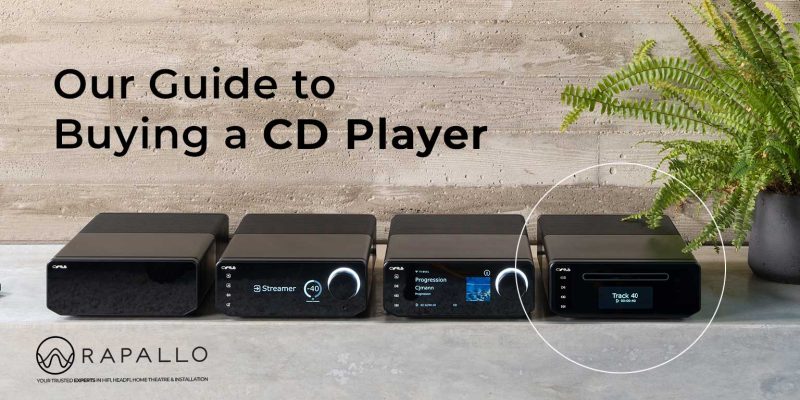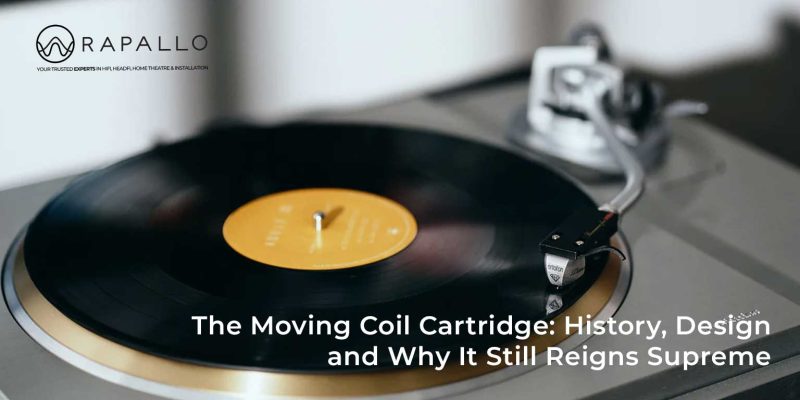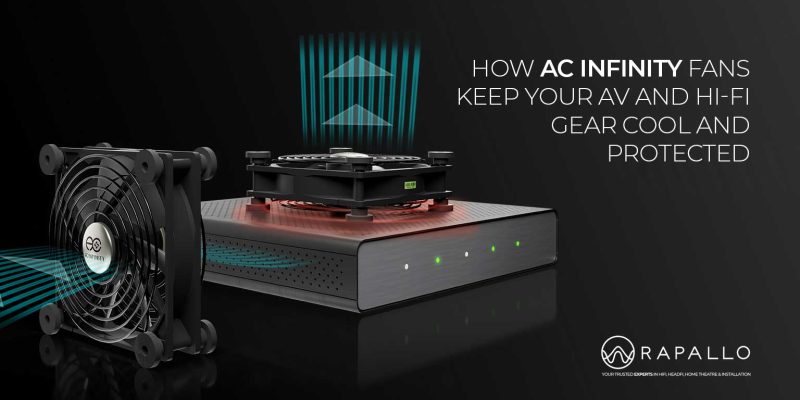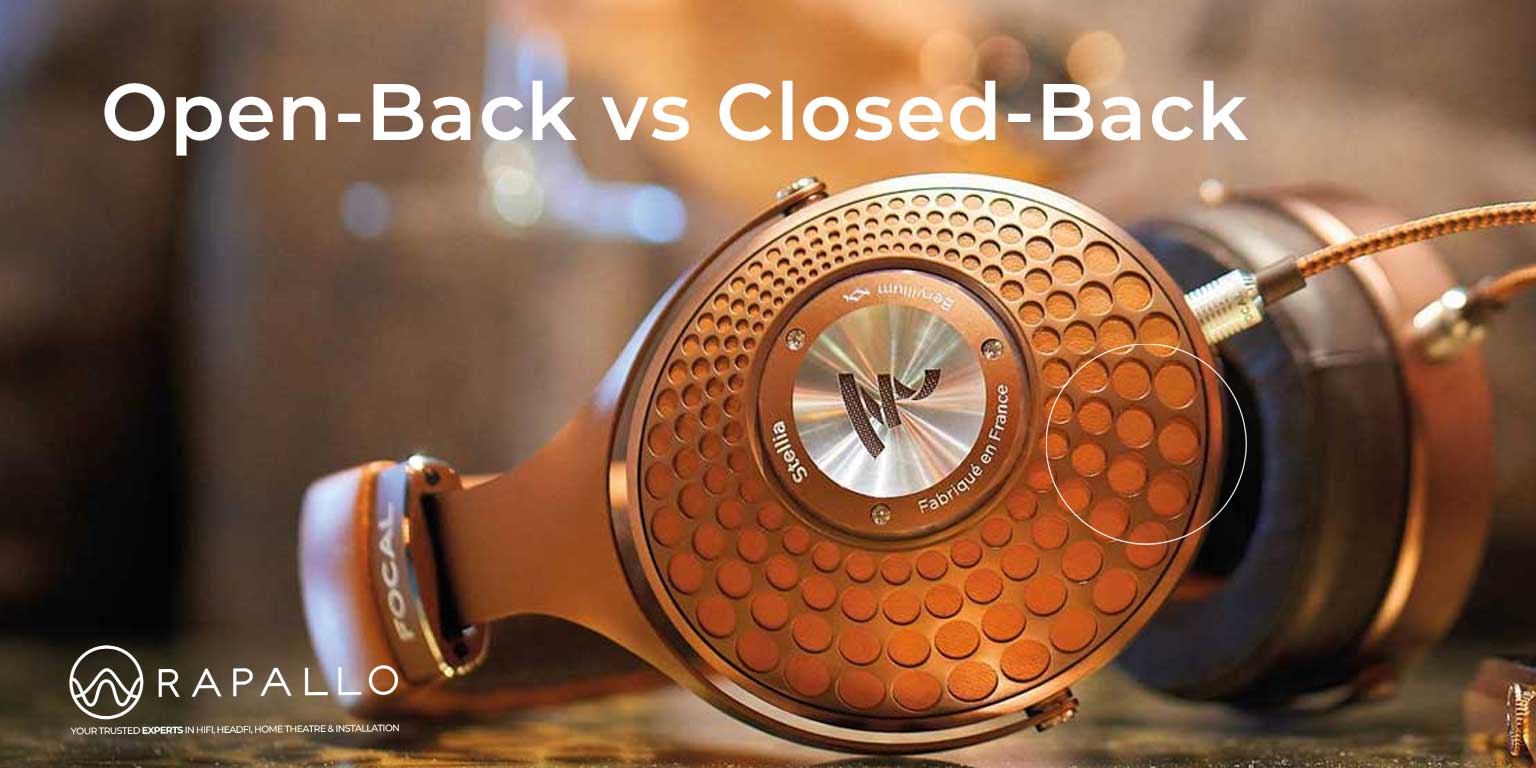
Open-Back vs Closed-Back
Estimated reading time: 8 minutes
Ah, headphones and Open-Back vs Closed-Back…
Your loyal companions through late-night jam sessions, endless Zoom calls, and those “I’m totally not ignoring you, I’m just focusing” moments. Whether you’re a music producer, gamer, or someone who just wants to drown out the sound of life (and maybe your neighbor’s lawnmower), your choice between open-back and closed-back headphones can make all the difference.
Key Points – For those short of time…
- Open-Back vs Closed-Back headphones differ in sound isolation and design, impacting how sound is experienced.
- Closed-Back headphones provide superior sound isolation, making them ideal for recording and noisy environments.
- Open-Back headphones offer a natural, airy sound with a wide soundstage, perfect for audiophile listening at home.
- Your environment and purpose matter; choose Closed-Back for travel and Open-Back for leisurely listening sessions.
- Consider having both types for versatility, as each serves distinct listening experiences.
So buckle up (or rather, plug in). We’re about to dive into the sonic showdown: Open-Back vs Closed-Back Headphones.

First Things First: What’s the “Back” All About?
Before we throw any punches and opinions, let’s clear up what these terms even mean.
- Closed-Back Headphones: These are the “classic” headphones most people use. The ear cups are completely sealed at the back, keeping the sound inside and external noise outside. Think of them as a cozy sound cocoon.
- Open-Back Headphones: These bad boys have perforations or vents in the ear cups, allowing air (and sound) to flow freely. They don’t trap sound inside — it leaks out. And yes, your coworkers will hear your guilty-pleasure playlist.
Now that we’ve opened the can of frequencies, let’s compare them head to head.

Closed-Back Headphones: The Studio Ninjas
If closed-backs were a person, they’d be that friend who keeps secrets, minds their own business, and helps you stay focused during chaos.
The Sound
Closed-backs isolate you from the world. The music stays in, and the noise stays out — ideal for recording vocals or mixing in noisy environments. You’ll notice a tight, punchy bass and a more “in-your-head” sound. It’s like the music is performing for you and only you.
The Isolation Game
This is where closed-backs shine. On a plane, bus, or at your local coffee shop (you know, the one that always plays that one Ed Sheeran song), closed-back headphones are your armor. They block out external noise without the need for fancy active noise-canceling tech.
So if your life soundtrack includes barking dogs, chatty coworkers, or construction symphonies, these are your saviors.
The Drawbacks
However, all that isolation comes at a cost. Sound can sometimes feel compressed or claustrophobic, especially for long listening sessions. The soundstage (that spacious feeling of where instruments “sit” in space) tends to be narrower. In short, it’s like being in a really nice studio apartment — cozy, but not much room to stretch.
And because they trap air, your ears might start to sweat during long sessions. Gross, but real.

Open-Back Headphones: The Audiophile’s Playground
Open-back headphones are like hanging out on a breezy balcony with perfect weather and your favorite record spinning. They’re about freedom — in sound, in feel, and in philosophy.
The Sound
This is where the magic happens. Open-backs are known for their natural, airy sound. The open design allows sound waves to escape instead of bouncing around your ear cups. The result? A wide, immersive soundstage that feels like you’re sitting in the middle of a live performance.
Every instrument has space to breathe. Every subtle reverb shines. Audiophiles call this “transparency,” but let’s call it what it really is: pure sonic bliss.
The Comfort Factor
Because air can flow freely, open-backs tend to be lighter and cooler (literally). Perfect for long listening sessions or when you want to feel connected to your surroundings — like a musical mindfulness exercise.
The Catch
Unfortunately, with great openness comes great… sound leakage. Anyone nearby can hear what you’re listening to, and you can hear them too. This makes open-backs terrible for recording, commuting, or pretending you didn’t hear your boss calling your name.
They also require quiet environments. If you’re using them in a noisy setting, you might as well be wearing earmuffs with Spotify playing faintly in the distance.

Soundstage & Imaging: The “Where” of Sound
Let’s talk about something audiophiles can’t shut up about: soundstage and imaging.
- Soundstage = how “wide” and “deep” the sound feels.
- Imaging = how precisely you can locate where sounds come from (left, right, behind, above).
🎧 Closed-back headphones tend to have a narrow soundstage. It’s intimate — like watching a concert on your couch.
🌬️ Open-backs make you feel like you’re at the concert, surrounded by sound from every direction.
If you’re mixing or mastering, open-backs help you make decisions that translate better to real-world listening environments. But if you’re recording vocals or instruments, closed-backs are essential — you don’t want the backing track bleeding into your mic.
Use Cases: Which Type Wins Where?
| Scenario | Winner | Why |
|---|---|---|
| Music Production (Recording) | 🎧 Closed-Back | Prevents sound bleed into the mic |
| Mixing/Mastering | 🌬️ Open-Back | Natural soundstage and accuracy |
| Commuting/Traveling | 🎧 Closed-Back | Blocks out background noise |
| Casual Listening at Home | 🌬️ Open-Back | Spacious and comfortable |
| Gaming | 🌬️ Open-Back (usually) | Better positional audio for immersion |
| Office Use | 🎧 Closed-Back | Keeps coworkers happy and unaware of your K-pop playlist |
| Audiophile Bliss Sessions | 🌬️ Open-Back | Maximum sound quality and realism |
In other words:
- If you’re out in the world — go closed-back.
- If you’re home in your sonic sanctuary — go open-back.
The Tech Behind the Magic
Let’s geek out for a sec. The “back” design affects more than just isolation. It also changes driver behavior, acoustic pressure, and resonance patterns.
- In closed-backs, sound waves reflect inside the cup, enhancing bass but sometimes muddying mids.
- In open-backs, sound waves dissipate naturally, producing a cleaner, more accurate frequency response.
That’s why open-backs often sound more realistic, while closed-backs can sound more impactful. Neither is “better” — they’re tuned for different experiences.

The Personality Test: What Your Headphone Choice Says About You
Let’s get personal for a moment, and sorry if we offed anyone….
The Closed-Back Fans
You’re practical, efficient, and probably have a “focus” playlist for every mood. You like things neat and contained — whether it’s your desktop icons or your soundstage. You might secretly enjoy feeling like the main character when your music blocks out the world.
The Open-Back Aficionados
You’re the dreamer, the detail lover. You crave authenticity and chase that “live concert in your head” feeling. You probably use words like “warm” and “transparent” when describing music, and you’ve definitely said “you just have to listen to it” to at least one friend.
Both are valid. Both are awesome. You do you.
Price vs Performance
Here’s the truth: both open and closed designs span the entire price spectrum. You can get excellent models at $100 or splurge on audiophile nirvana at $1,000+.
The key is matching your headphones to your environment and intent. Spending $600 on open-backs won’t help much if you’re listening on a subway.
The Verdict: Why You Might Need Both
Here’s the twist ending: it’s not really open-back vs closed-back. It’s open-back and closed-back.
- Closed-backs are your everyday workhorses — for travel, recording, focus, and privacy.
- Open-backs are your leisure headphones — for pure, unfiltered musical joy.
Owning both gives you the best of both worlds. It’s like having sneakers and slippers — different tools for different moods.
Final Thoughts: Listen Your Way
In the end, it’s not about specs or decibels. It’s about how you feel when the music hits.
Some people crave immersion; others crave isolation. Some want to hear the room around the band; others want to block out the world entirely.
So, whether you’re rocking closed-backs in a noisy café or open-backs in your home studio, remember this:
👉 The best headphones aren’t the ones with the most features — they’re the ones that make you forget you’re even wearing them.
Now go forth, fellow sound adventurer, and find your perfect pair. Your ears deserve it.
FAQs: Open-Back vs Closed-Back Headphones
The main difference is in the ear cup design. Open-back headphones let air and sound flow freely, giving you a natural, spacious sound. Closed-back headphones are sealed, offering isolation and punchier bass — perfect for noisy environments.
Definitely closed-back. They keep sound from leaking into the microphone while you’re recording. Open-backs might sound more natural, but you don’t want your backing track sneaking into your vocal takes.
Absolutely — if you’re playing at home in a quiet room. Open-backs give you incredible positional audio, making it easier to sense where footsteps or gunfire come from. But if you’re gaming in a noisy space or around others, go closed-back to keep focus.
Oh, 100%. Open-backs are like mini speakers strapped to your head. People nearby will hear your music clearly, especially at higher volumes. Closed-backs are your best friend if you want to keep your guilty-pleasure playlist private.
- Open-Back vs Closed-BackAh, headphones and Open-Back vs Closed-Back… Your loyal companions through late-night jam sessions, endless Zoom calls, and those “I’m totally…
- Our Guide to Buying a CD PlayerOur Guide to Buying a CD Player. What to look for in today’s market and why CD Players still matter.…
- The Moving Coil Cartridge: History, Design, and Why It Still Reigns SupremeVinyl playback is a ritual. From lifting the record out of its sleeve, to lowering the stylus onto the spinning…
- How AC Infinity Fans Keep Your AV and Hi-Fi Gear Cool and ProtectedHow AC Infinity Fans Keep Your AV and Hi-Fi Gear Cool. When you invest in a high-performance home theatre or…
- Chip DACs vs. Ladder DACsIn the digital age, analog outputs still matter. Whether you’re enjoying high-fidelity music, sensing voltages in a control system, or designing precision instrumentation, converting digital signals into analog voltages is a critical step.
- Are Blu-ray Players Still Worth It in 2025?This week we discuss Are Blu-ray Players Still Worth It in 2025? In an age where digital streaming dominates entertainment, the humble Blu-ray player often seems like a relic of the past. But in 2025, despite the surge in subscription services and cloud-based content, Blu-ray players remain relevant—and for good reason
